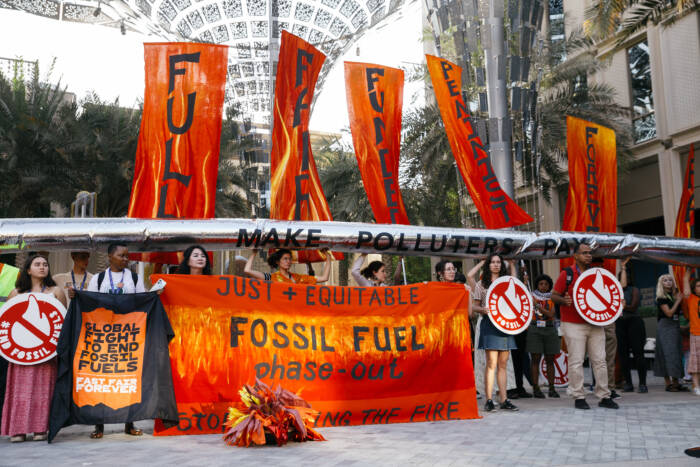By Andreas Sieber
A world in crisis, but not without hope
From trade wars, to humanitarian crises and geopolitical fractures, the world is grappling with many crises. This may tempt many to declare diplomatic cooperation dead, and climate action impossible. There’s almost a taste for failure, a seduction in believing the world is too broken to change. Yet renewables tell a different story: one of stubborn progress and hope breaking through the cracks of upheaval.
Why are climate action plans so important this year?
This September, countries must submit their revised climate plans called Nationally Determined Contributions (NDCs), that are updated every 5 years. Another example of weird names and acronyms that policy-makers love, these are the official blueprints for how governments aim to cut carbon emissions through 2035.
Every country is expected to submit new climate targets this September, the last big round before the November UN climate talks or COP30 in Brazil. Previously, most targets were vague on the energy transition or left renewables out. That is finally changing. Our new analysis shows a clear shift towards including renewables, and this matters for planning, for accountability, and for actually cutting emissions. More work remains, but this progress shows we are moving in the right direction.
Strikingly, of the 36 newly submitted climate targets, 7 out of 10 either set new quantitative renewable targets or already have ambitious renewable expansion policies in place, or a high share of renewable energy in the grid.
Are countries keeping their COP28 promises?
In 2023, governments vowed to “transition away from fossil fuels” and triple renewables by 2030. At the time, many wondered if the endless sleepless nights at climate conference COP28 would ever translate into real change.

During COP28 talks in Dubai, governments committed to phasing out fossil fuels. This photo is from outside COP28 halls where civil society organisations and climate activists held an action to demand a full, fair, phaseout of fossil fuels. Photo: Bianka Csenki / Artivists Network
Now, countries are finally putting detail into their renewable energy plans. It’s not enough – fossil fuels still need to be halved this decade – but it is a critical step forward. We are at 36 new NDCs so far and already see more concrete progress in renewable energy goals than in the entire 150+ climate goals of the last round of NDC submissions in 2020 where only 14 even mentioned global renewable expansion.
Some countries raising the bar
Ambitious examples in the new NDCs include:
- The UK has pledged to have onshore wind, solar power, offshore wind and nuclear energy account for at least 95% of Great Britain’s generation by 2030;
- Barbados has pledged fossil free electricity and 95% renewable electricity by 2035;
- Kenya has pledged 100% renewables by 2035;
- The Marshall Islands is projected to reach two-thirds renewable energy share by 2030, in line with its long term strategy that aims to achieve net zero energy systems by 2050;
- Saint Lucia aims to achieve a 40% renewable energy share by 2030 and at least 46% by 2035
- The UAE has set a target of increasing renewable energy capacity to 19.8 GW by 2030, from a current level of 3.7 GW – an increase of more than 500%
- Singapore aims to increase imported energy from renewable energy sources by a third, from 4 GW to 6 GW by 2035.
Targets are not enough without action
This momentum shows that the world is on track for the renewable revolution. But targets on paper are not enough, governments must follow through with finance, policies, and a managed phase-out of fossil fuels. COP30 will play a pivotal role in delivering these solutions.